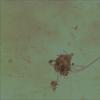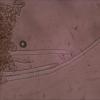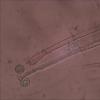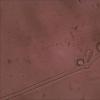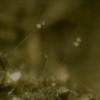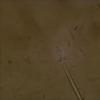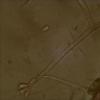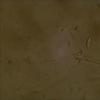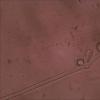
18-05-2016 18:57
 Lothar Krieglsteiner
Lothar Krieglsteiner
... found today in the Bavarian Forest near Frauen

18-05-2016 14:55
Creciendo en caña de hinojo (Foeniculum vulgare

18-05-2016 14:36
creciendo en la corteza del hinojo (Foeniculum vul

18-05-2016 08:51
jean-marc moingeonHello,This is an asco I have found in humid place,

17-05-2016 18:00
François BartholomeeusenDear forum, I found a few fruiting bodies on a de

17-05-2016 14:15
Gernot FriebesHi,I'm looking for some help with this species fou

17-05-2016 13:12
Discos de 1 mm. de diametro, creciendo en la cor

16-05-2016 18:18
 Lothar Krieglsteiner
Lothar Krieglsteiner
... collected in Switzerland, on resin of Picea. W

14-05-2016 23:44
 Stip Helleman
Stip Helleman
Dear all and especially Christian,I found this one

13-05-2016 22:06
 Bernard CLESSE
Bernard CLESSE
Bonsoir à tous,Hier, j'ai trouvé dans une prairi

Found on cow dung.
It looks as if it developes two kinds op conidia's circular and ovel shaped on two places of the stem.
Circular conidia's are covered with wrats and the oval conidia's are not.
Stem: hyaline; 420-450x3-3.5um; septated, with two conidia origins; distance between origins 13-14 um; stem can be branched.
Oval conidia's: 7-8x2.5-3.5 um
Circular conidia's: 6-7 um in diameter.

the 'hyphomycete' with the elongate conidia looks very like Gonatobotrys simplex (anamorphic Melanospora damnosa (Sacc.) Lindau), a species which is often found associated with other fungi. Your photo's show these conidia both on the apical and the intercalary swellings.
The globose conidia I don't know about - are you absolutely sure only one fungus species is involved here? Might these globose conidia be "strays".
cordialement
Chris

Hello Chris,
You probably may be right that we do have two different species, one with elongated codidia's and one with globose conidia's.
The stem with elongated conidia's does not have an intercalary swelling underneath the apical one, and the is branched.
The stem with globose conidia's is not branched, but the photo's also show elongated originating from the intercalary swelling.
On the other hand the last photo gives the impression that the elongated conidia's are attached to the bulbous thickening of the stem.
The photo of the species on dung, although not good in focus, clearly shows globose conidia's on top of the stem and a bunch of conidia's beneath the top not positively identified as being elongated or globose.
I will have a look for more species hopefully solving the identification problem.
Joop

Chris


